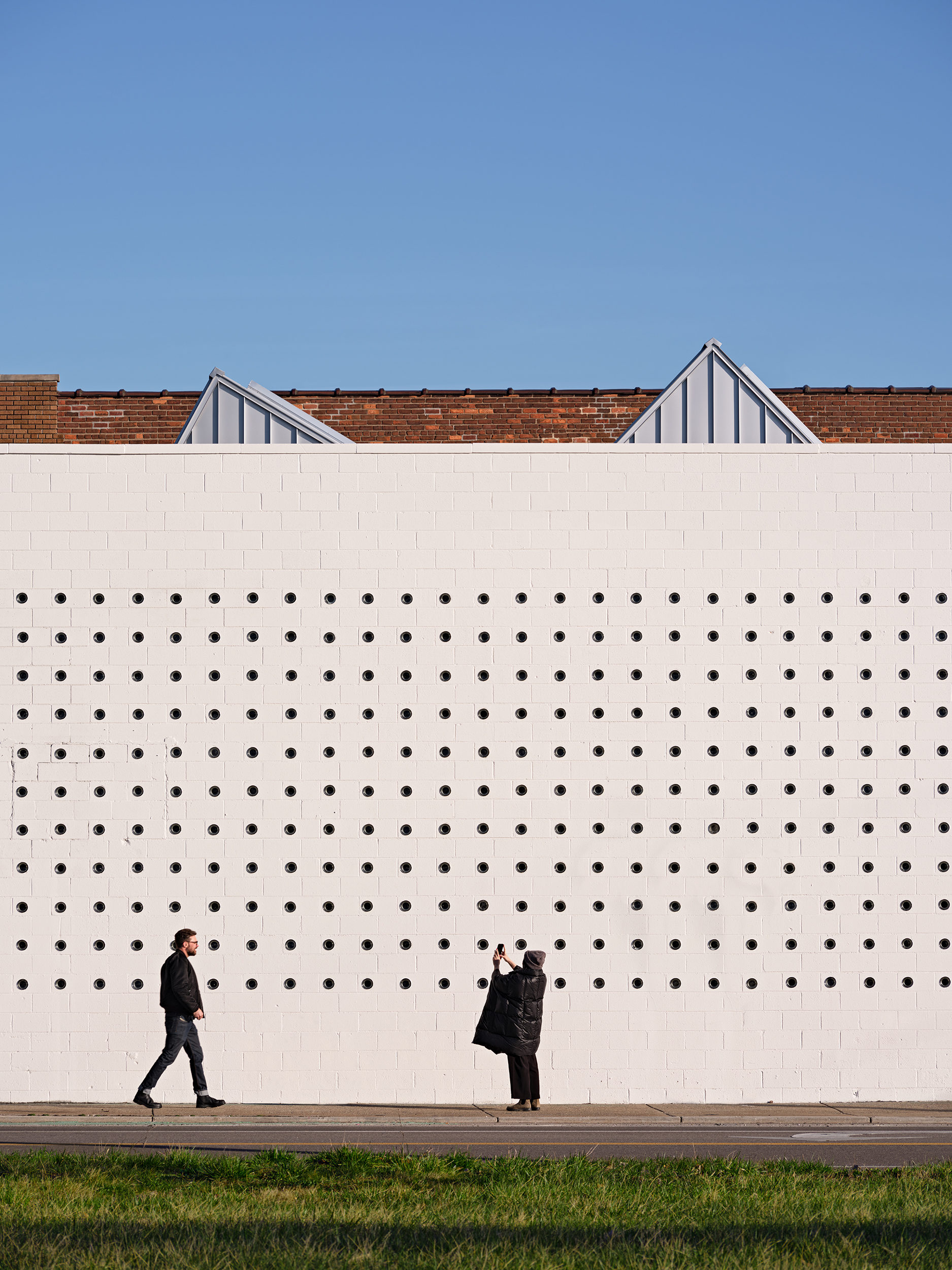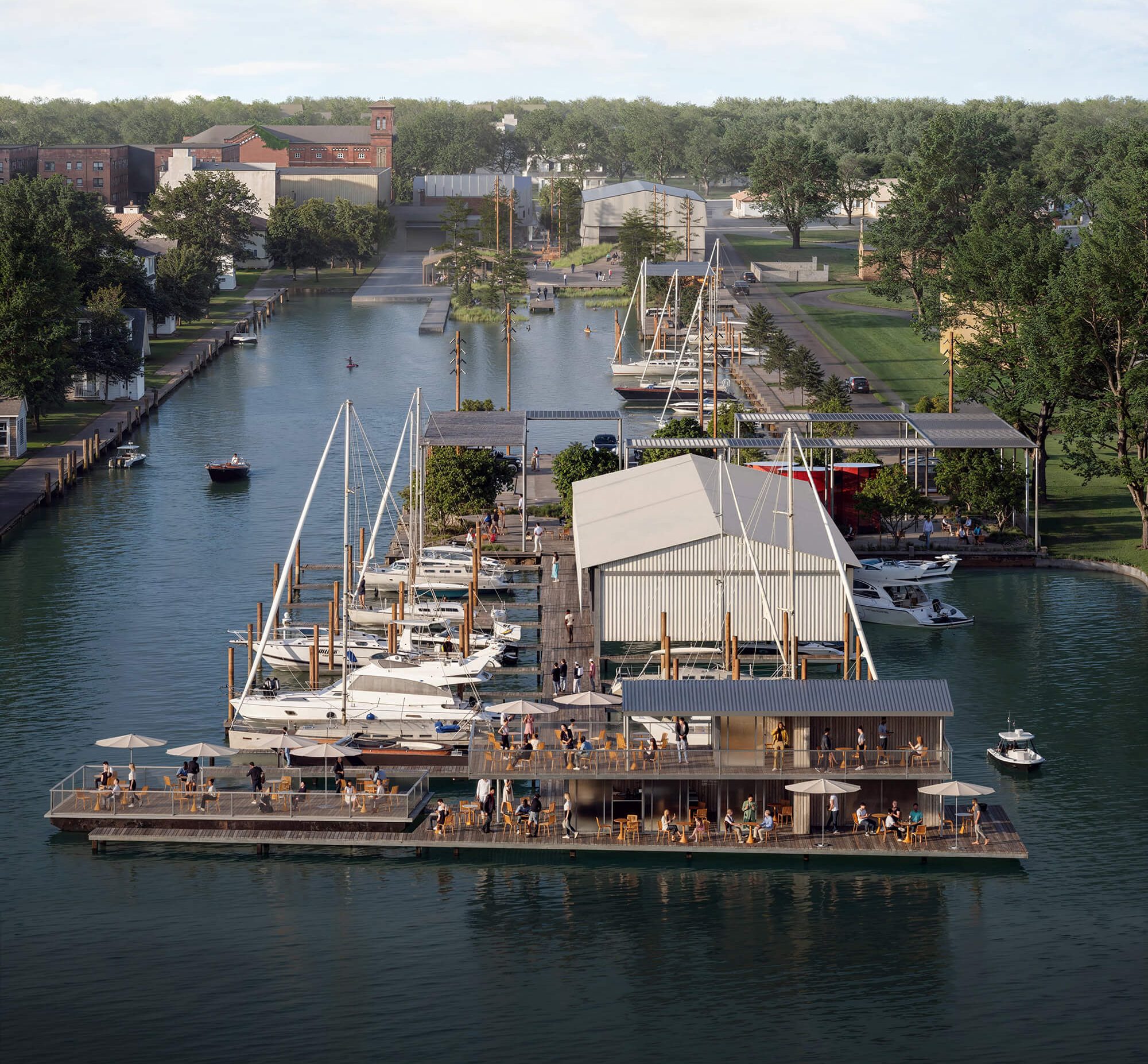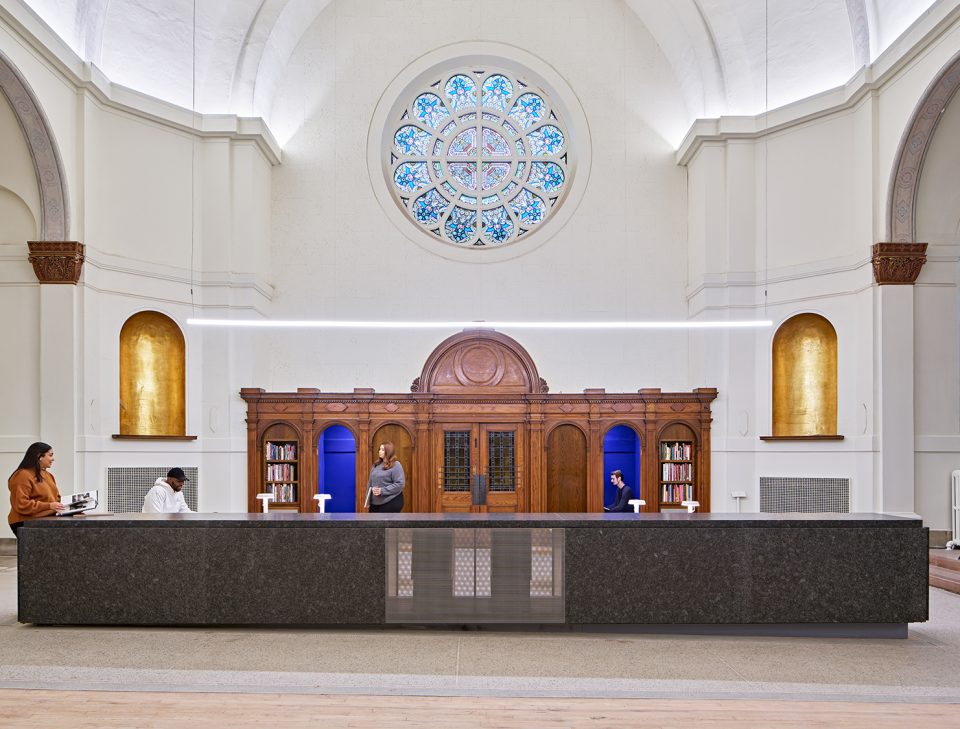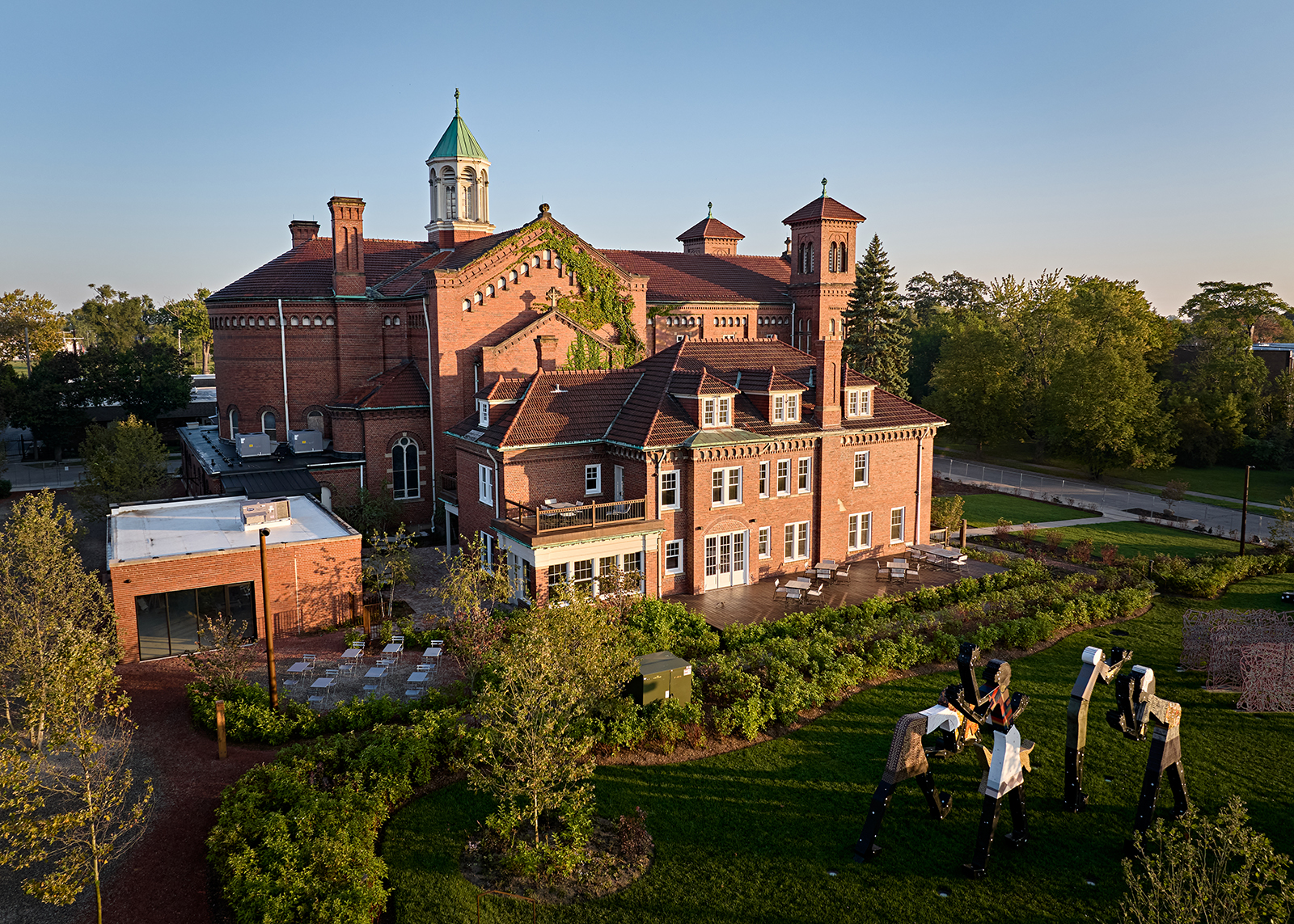Welcome to Little Village
Spanning three historic east side neighborhoods of Detroit, Little Village is a cultural corridor fostering an inclusive community centered around the arts.
Spanning three historic east side neighborhoods of Detroit, Little Village is a cultural corridor fostering an inclusive community centered around the arts.
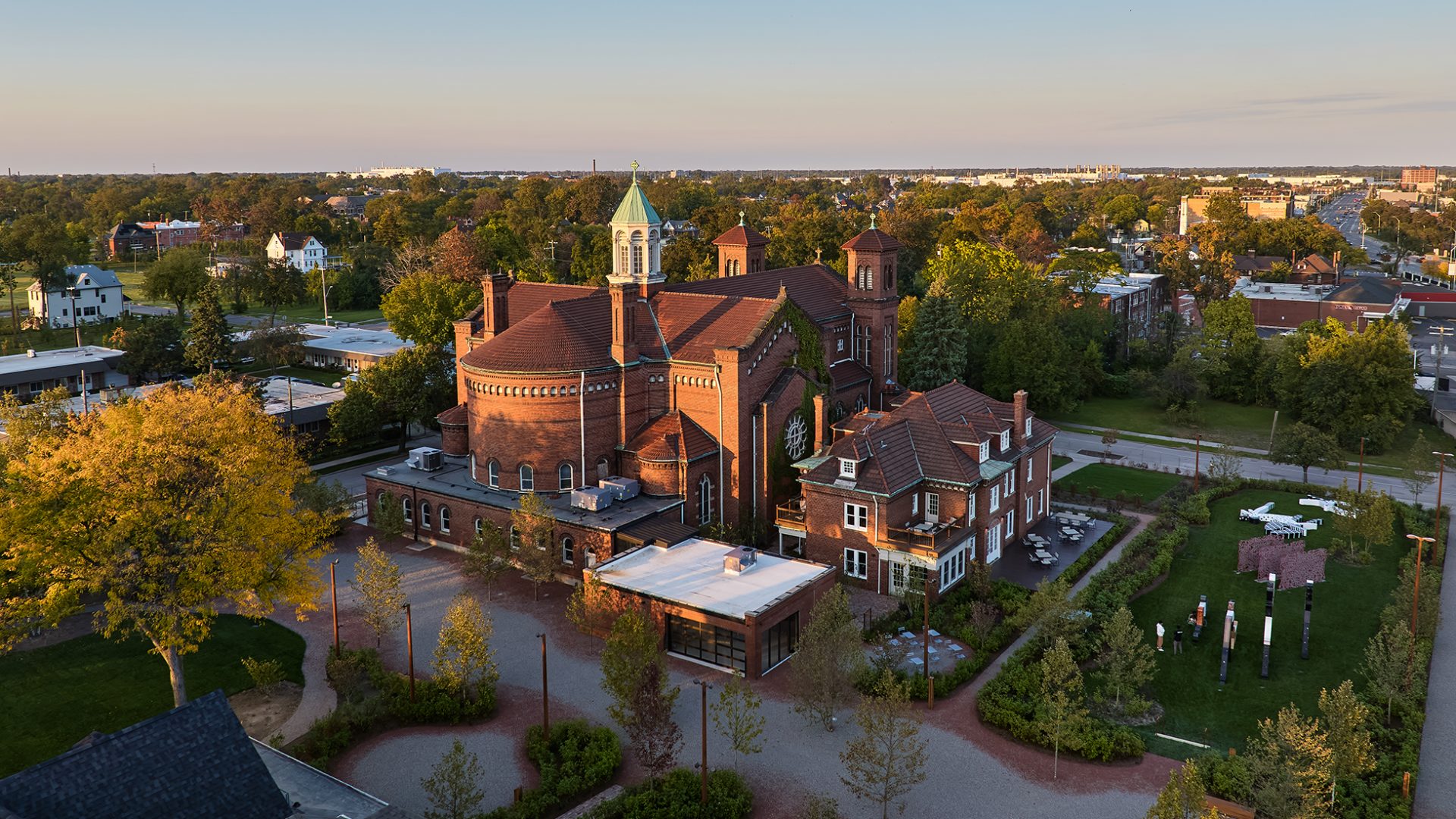
Guided by four principles—art, architecture, landscape and water—the diverse initiatives that span the grounds place emphasis on both historic preservation and contemporary adaptation in their multifarious designs, functions and offerings. There is a collective interest in new typologies that blur the boundaries between public and private space, resulting in a revitalized neighborhood accessible to all. A budding and vibrant fabric of the artistic landscape in the city, Little Village’s mission uses art as a medium for both inspiration and creativity.
Check out the interactive map to navigate Little Village. Whether you’re exploring exhibitions, joining workshops, planning a stay, or grabbing a drink, we invite you to experience Little Village!
At the heart of Little Village is the Shepherd, a one hundred ten-year-old Romanesque-style church, most recently identified as Good Shepherd before closing in 2016. The adaptive reuse of the church, designed by Peterson Rich Office (PRO), includes two gallery spaces, a public library curated by Asmaa Walton of Black Art Library, and workshop space for the community. The Shepherd seeks to blur the lines between gallery, institution, and community arts center, and will provide opportunities for collaboration with arts organizations.
Located just a short block from the Shepherd is Pewabic Pottery, a century-old cultural anchor in the community. Pewabic today is an active working pottery, architectural tile studio, ceramic arts education center, and vibrant cultural destination that attracts visitors from around the world.
LANTERN is the adaptive reuse and transformation of a former vacant bakery into a dynamic mixed-use anchor centered around the arts and education. Designed by internationally-recognized architectural practice OMA, LANTERN is the headquarters for Detroit-based arts nonprofits Progressive Art Studio Collective and Signal-Return, as well as music organization Assemble Sound. The development also includes local small businesses Coup D’etat, Cøllect, and Cafe Franco, as well as several artist studio spaces.
An extension of the Shepherd, a former convent site will be the new home for contemporary art gallery and project space Louis Buhl & Co. Since its inception in 2017, the gallery has rapidly evolved in its dynamic presentation of artists at all stages in their careers, with the goal of representing varied points of view and divergent practices. The design of the complex, spearheaded by architectural design firm LOHA, consists of a main structure which includes the reception area and retail space, the production studio, and the new gallery/exhibition space
Stanton Yards will be a waterfront destination in the Little Village neighborhood, situated along the Detroit River with unobstructed views of Belle Isle. Deriving its name from the waterway’s original title of the Stanton Canal while paying homage to the site’s industrial history, the transformation of Stanton Yards is led by architecture firm SO – IL and multidisciplinary design firm OSD (Office of Strategy + Design). The development strategy for Stanton Yards will transition the storage and service-based marina into a 13-acre cultural amenity for the community, with over 80,000 square feet of commercial and creative space, 85 boat slips, and programmed waterfront parks.
“They took a vacant church, vacant commercial buildings, vacant houses that folks had walked away from, and they are building a very exciting community that I think is going to attract creative talents to that neighborhood,” said Mayor Mike Duggan.
